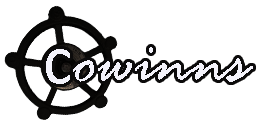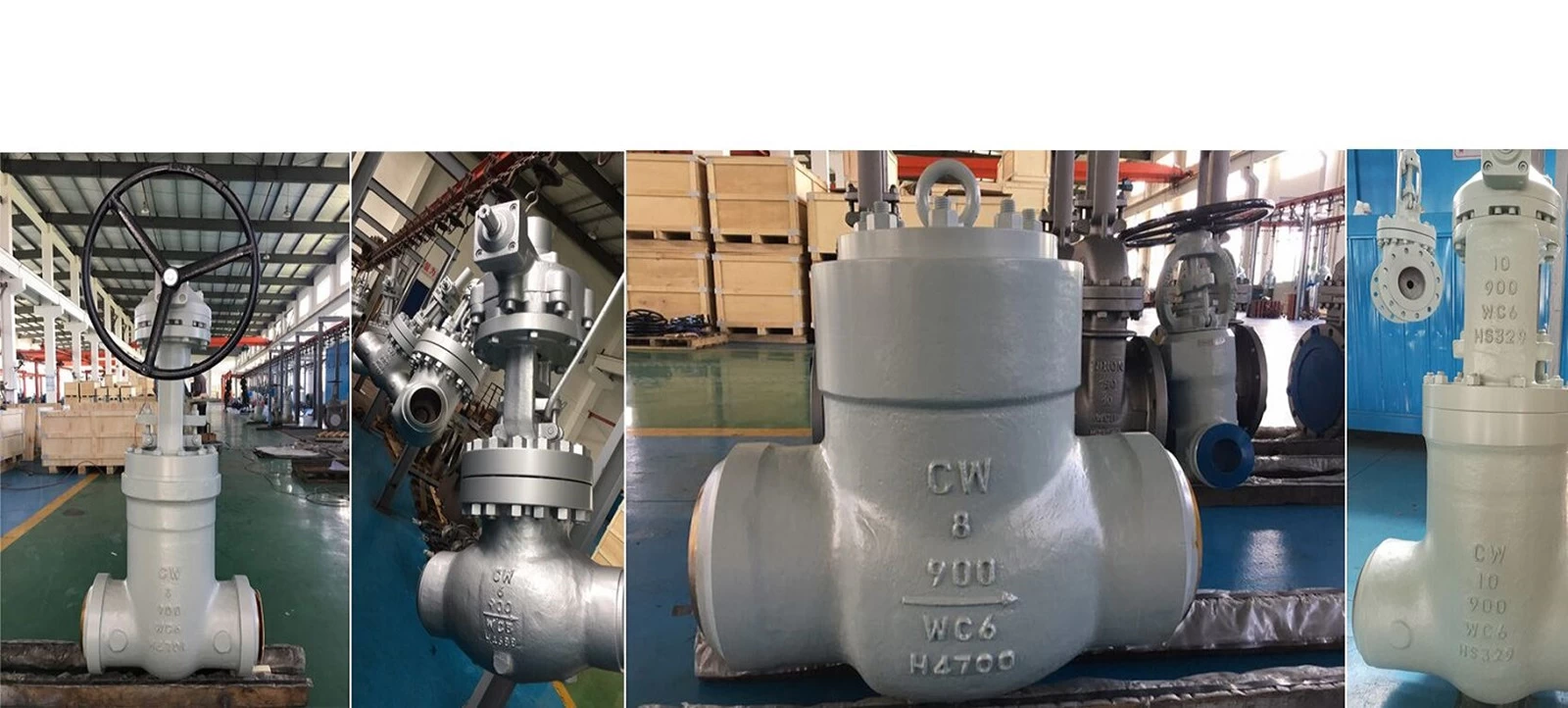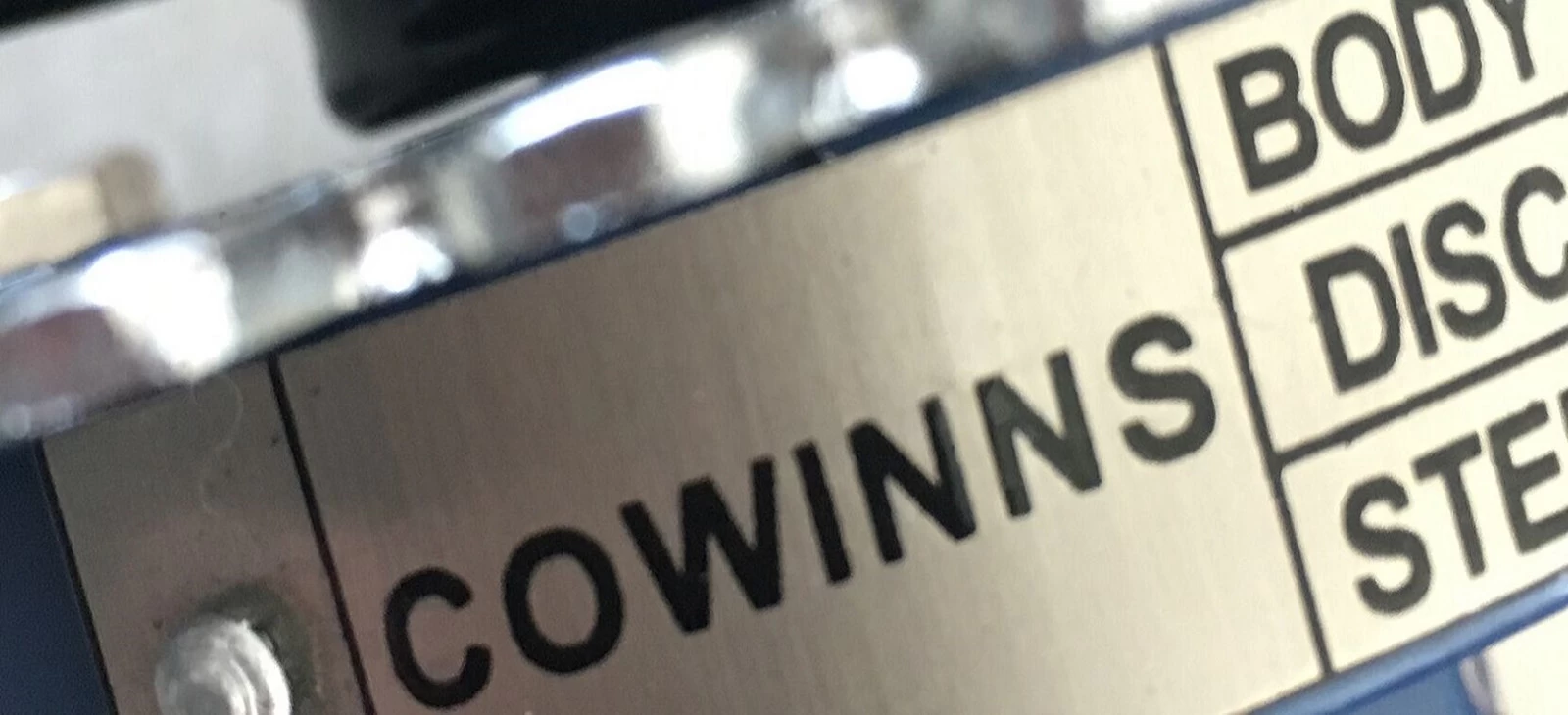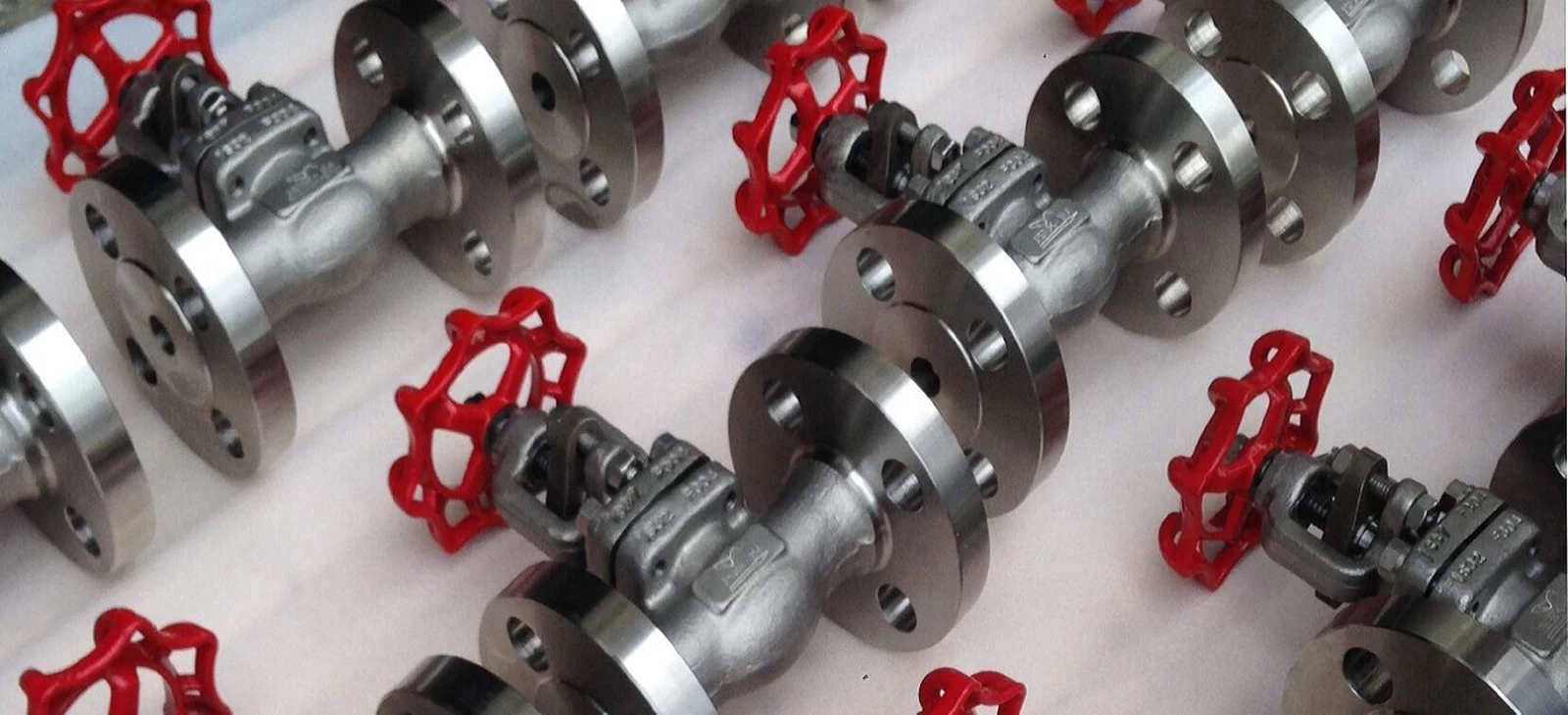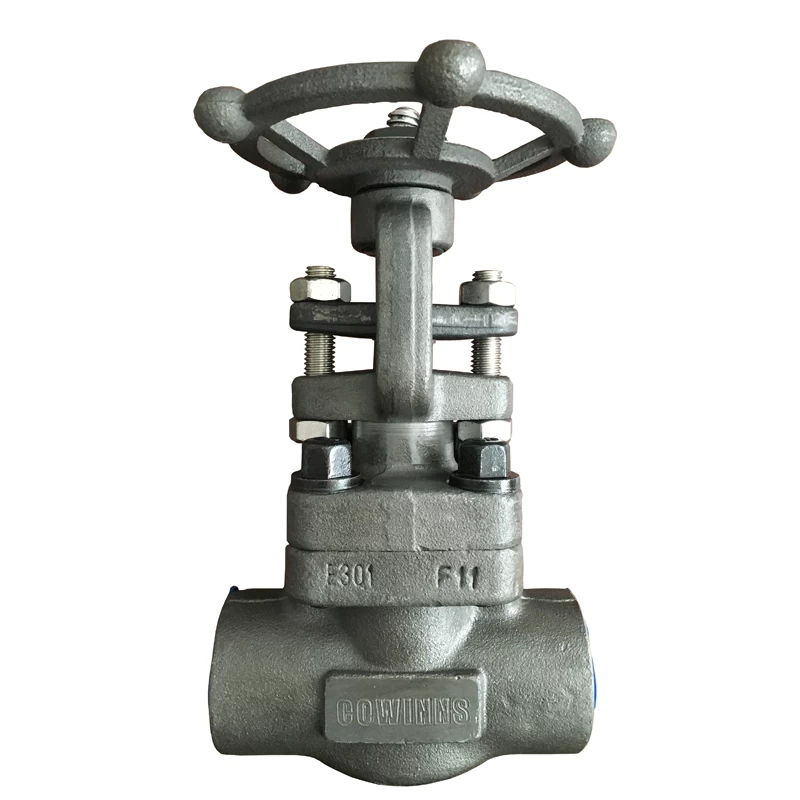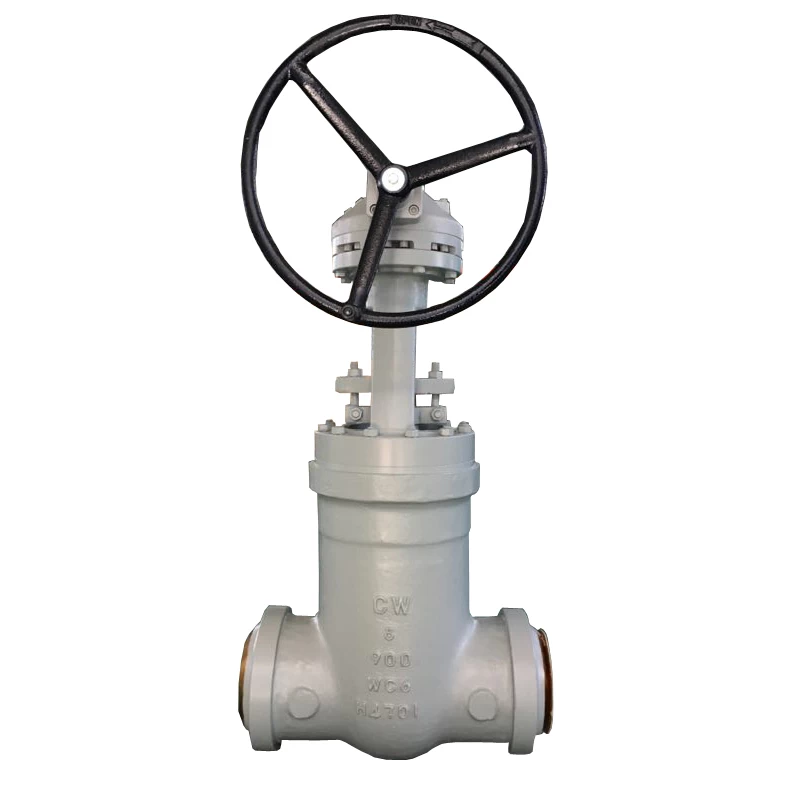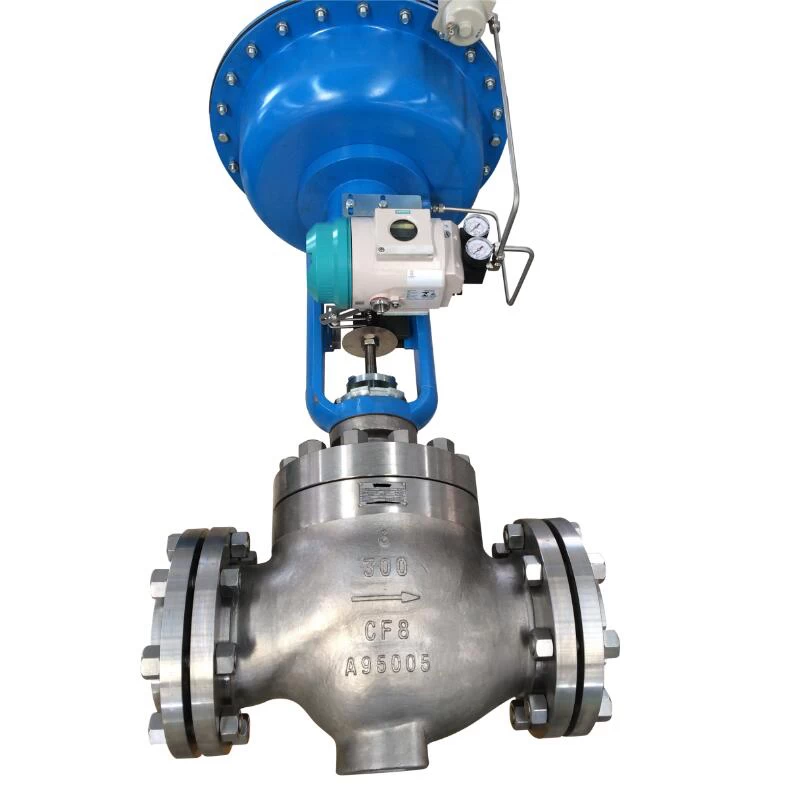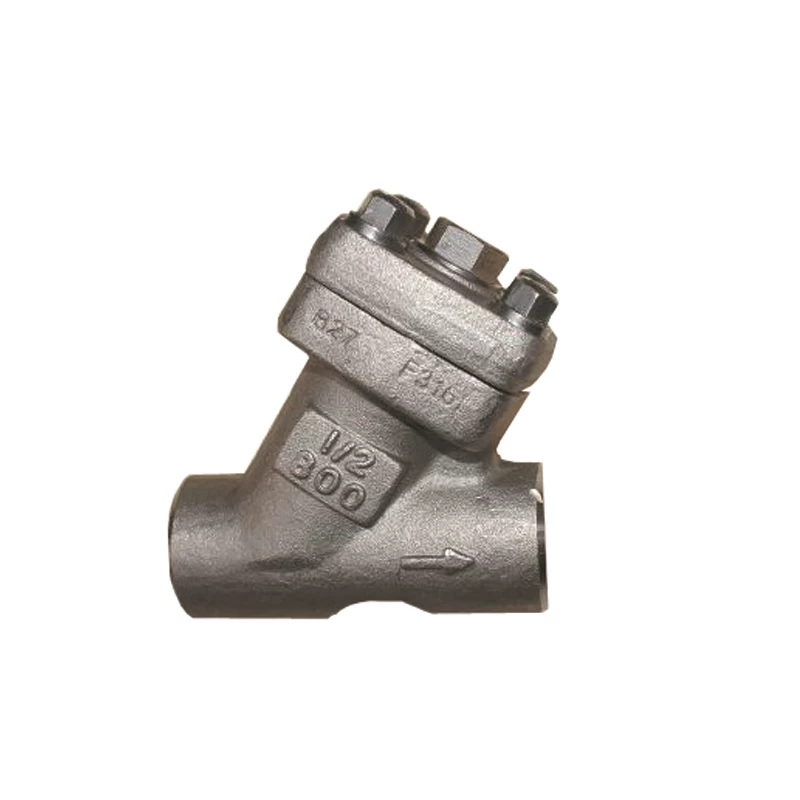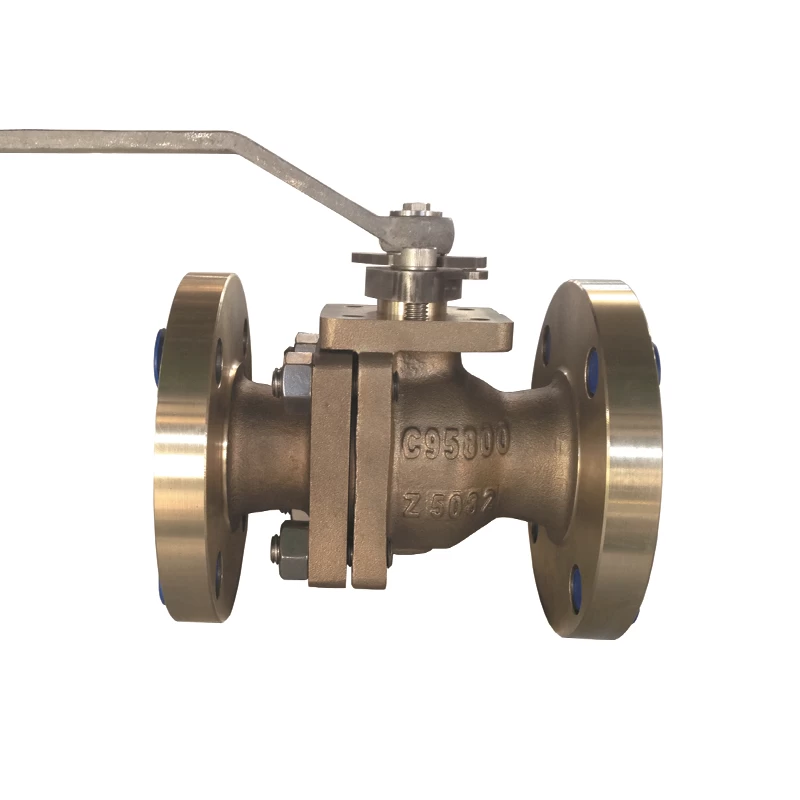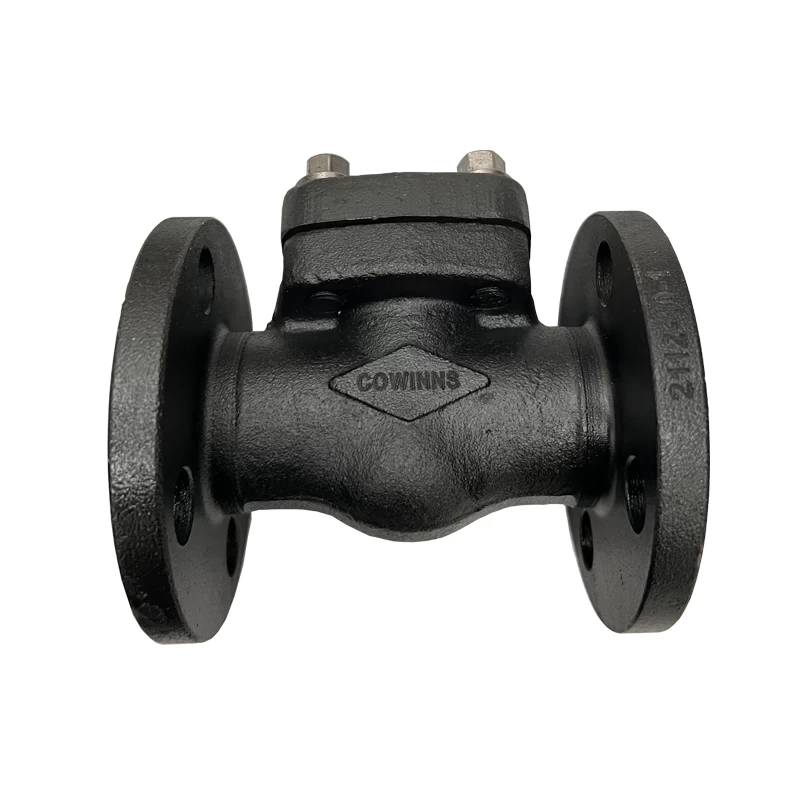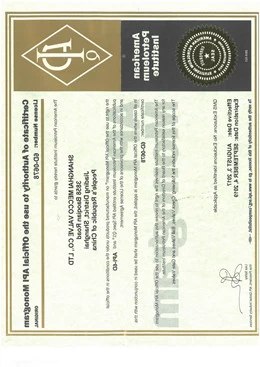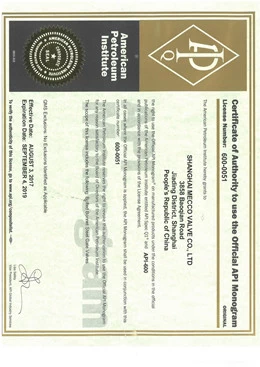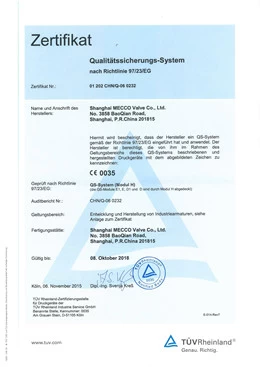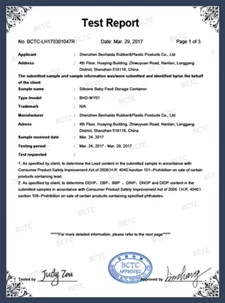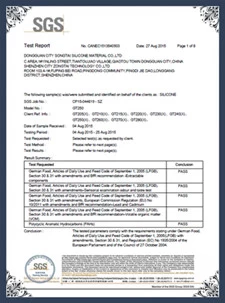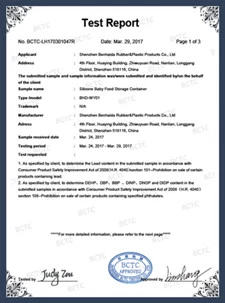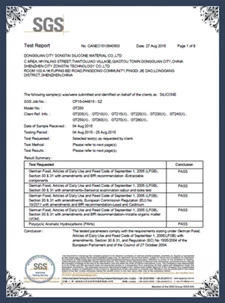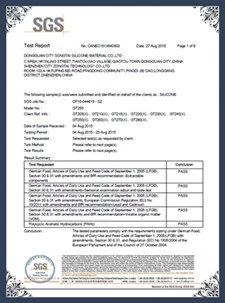Valve material and application (brand, temperature, pressure, medium corresponding to the material)
Valves are an indispensable component in various industrial fields. The proper application of valve materials directly affects the service life of the valve and the safe operation of production. For example, corrosion-resistant materials are mostly used in harsh production environments. How to apply these materials correctly and give full play to the functions of the materials to adapt to the requirements of the corresponding working conditions is very important. One type 2500LB ABB positioner control valve for power plant high temperature pipeline was design with forged material
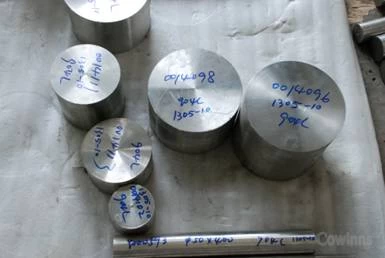
WCB carbon steel ASTM A216 non-corrosive applications, including water, oil and gas, temperature range: -30 ℃ to +425 ℃ LCB low temperature carbon steel ASTM A352 low temperature applications, the temperature is as low as -46 ℃ can not be used for temperatures higher than +340 ℃ occasions LC3 3.5 of% nickel steel ASTM A352 cryogenic applications, temperatures as low as -101 deg.] C to a temperature not higher than + 340 ℃ occasions WC6 1.25% Cr 0.5% Mo steel ASTM A217 non-corrosive applications, including water, oil and gas, Temperature range: -30℃ to +593℃ WC9 2.25 chromium ASTM A217 non-corrosive applications, including water, oil grade WC9 and gas, temperature range: -30℃ to +593℃ C5 5% chromium 0.5% molybdenum ASTM A217 mild corrosion For corrosive or corrosive applications and non-corrosive applications, temperature range: -30°C to +649°C C12 9% chromium 1% molybdenum ASTM A217 slightly corrosive or corrosive applications and non-corrosive applications, temperature range: -30°C CA6NM (4) 12% chromium steel ASTM A487 corrosive application to +649℃ , temperature range: -30℃ to +482℃CA15 (4) 12% chromium ASTM A217 Corrosive application, temperature range up to +704℃CF8M 3 16 stainless steel ASTM A351 corrosive or ultra-low or high temperature non-corrosive application, temperature range: -268℃ to +649℃, the temperature above +425℃ should specify the carbon content of 0.04% and The above CF8C 347 stainless steel ASTM A351 is mainly used for high temperature and corrosive applications. The temperature range: -268°C to +649°C. The carbon content of 0.04% and above should be specified for temperatures above +540°C. CF8 304 stainless steel ASTM A351 is corrosive or ultra-low or high temperature Non-corrosive applications, temperature range: -268°C to +649° C +425°C or above, CF3 304L stainless steelASTM A351 corrosive or non-corrosive applications with a carbon content of 0.04% and above , and temperature range up to +425°C CF3M 316L stainless steel ASTM A351 is corrosive or non-corrosive application, the temperature range is as high as +454℃. CN7M alloy steel ASTM A351 has good resistance to hot sulfuric acid corrosion, and the temperature is as high as +425℃. M35-1 Monel ASTM A494 can be welded. It has good resistance to corrosion by all common organic acids and salt water. It also has high corrosion resistance to most alkaline solutions, and the temperature is as high as +400℃. N7M Hastelloy B ASTM A494 is especially suitable for treating hydrofluoric acid with various concentrations and temperatures. It has good resistance to sulfuric acid and phosphoric acid corrosion. The temperature is as high as +649℃. CW6M Hastelloy C ASTM A494 has good resistance to corrosion in strong oxidizing environments. It has good characteristics at high temperatures, and has high corrosion resistance to formic acid (formic acid), phosphoric acid, sulfurous acid and sulfuric acid. The temperature is as high as +649°C. CY40 Inconel ASTM A494 performs well in high temperature applications. It has good corrosion resistance for strong corrosive fluid media.
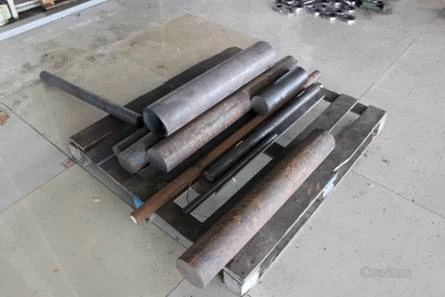
1. Gray cast iron: Gray cast iron is suitable for water, steam, air, gas, oil and other media with nominal pressure PN≤1.0MPa and temperature -10℃~200℃. The commonly used grades of gray cast iron are: HT200, HT250, HT300, HT350.
2. Malleable cast iron: suitable for water, steam, air and oil media with a nominal pressure of PN≤2.5MPa and a temperature of -30~300℃. Commonly used grades are: KTH300-06, KTH330-08, KTH350-10.
3. Ductile
iron: suitable for water, steam, air, oil and other media with PN≤4.0MPa
and temperature of -30~350℃. Commonly
used grades are: QT400-15, QT450-10, QT500-7.
In
view of the current level of domestic technology, each factory is uneven, and
it is often difficult for users to inspect. According to experience, it is
recommended that PN≤2.5MPa, and the valve should be made of steel
for safety.
4. Acid-resistant high-silicon ductile iron: suitable for corrosive media with nominal pressure PN≤0.25MPa and temperature below 120℃.
5. Carbon steel: suitable for water, steam, air, hydrogen, ammonia, nitrogen and petroleum products with a nominal pressure of PN≤32.0MPa and a temperature of -30~425℃. Commonly used grades are WC1, WCB, ZG25 and high-quality steel 20, 25, 30 and low-alloy structural steel 16Mn.
6. Copper alloy: suitable for water, sea water, oxygen, air, oil and other media with PN≤2.5MPa, and steam media with a temperature of -40~250℃. Commonly used grades are ZGnSn10Zn2 (tin bronze), H62, Hpb59-1 (Brass), QAZ19-2, QA19-4 (Aluminum Bronze).
7. High temperature copper: suitable for steam and
petroleum products with nominal pressure PN≤17.0MPA and temperature≤570℃. Commonly used grades are ZGCr5Mo,
1Cr5M0.ZG20CrMoV, ZG15Gr1Mo1V, 12CrMoV, WC6, WC9, etc. The specific
selection must be in accordance with the valve pressure and temperature
specifications. 8. Low temperature steel: suitable for nominal
pressure PN≤6.4Mpa, temperature≥-196℃ ethylene, propylene, liquid natural gas, liquid nitrogen and other
media, commonly used brands) ZG1Cr18Ni9 , 0Cr18Ni9, 1Cr18Ni9Ti ,
ZG0Cr18Ni9 9. Stainless acid-resistant steel: applicable
Under nominal pressure PN≤6.4Mpa , temperature≤200℃ nitric acid, acetic acid and other
media, commonly used brands are ZG0Cr18Ni9Ti, ZG0Cr18Ni10
The relationship between valve material and temperature and pressure
1. The operating temperature of the valve The operating temperature of the valve is determined by the material of the valve. The service temperature of commonly used materials for valves is as follows:
|
valve |
Operating temperature |
|
Grey cast iron valve |
-15~250℃ |
|
Malleable cast iron valve |
-15~250℃ |
|
Ductile iron valve |
-30~350℃ |
|
High nickel cast iron valve |
The highest operating temperature is 400℃ |
|
Carbon steel valve |
-29~450℃, in JB/T3595-93 Recommended operating temperature in the standard t<425℃ |
|
1Cr5Mo, alloy steel valve |
The highest operating temperature is 550℃ |
|
12Cr1MoVA, alloy steel valve |
The highest operating temperature is 570℃ |
|
1Cr18Ni9Ti, 1Cr18Ni12Mo2Ti stainless steel valve |
-196~600℃ |
|
Copper alloy valve |
-273~250℃ |
|
Plastic valve (nylon) |
Maximum use temperature 100℃ |
|
Plastic valve (chlorinated polyether) |
Maximum use temperature 100℃ |
|
Plastic valve (polyvinyl chloride) |
Maximum operating temperature 60℃ |
|
Plastic valve (polychlorotrifluoroethylene) |
-60~120℃ |
|
Plastic valve (PTFE) |
-180~150℃ |
|
Plastic valve (natural rubber diaphragm valve) |
Maximum operating temperature 60℃ |
|
Plastic valve (nitrile rubber, neoprene diaphragm valve) |
Maximum operating temperature 80℃ |
|
Plastic valve (fluorine rubber diaphragm valve) |
Maximum use temperature 200℃ |
When rubber or plastic is used for valve lining, the temperature resistance of rubber and plastic shall prevail.
Ceramic valves, because of their poor temperature resistance, are generally used in working conditions below 150°C. Recently, a super-performance ceramic valve appeared, which can withstand high temperatures below 1000°C.
Glass valve. It has poor temperature resistance and is generally used in working conditions below 90°C.
The temperature resistance of the enamel valve is limited by the material of the sealing ring, and the maximum operating temperature does not exceed 150℃.
2. The pressure used by the valve
The operating pressure of the valve is determined by the material used to manufacture the valve.
|
valve |
Maximum allowable nominal pressure |
|
Grey cast iron valve |
1MPa |
|
Malleable cast iron valve |
2.5MPa |
|
Ductile iron valve |
4.OMPa |
|
Copper alloy valve |
2.5MPa |
|
Titanium alloy valve |
2.5MPa |
|
Carbon steel valve |
32MPa |
|
Alloy steel valve |
300MP |
|
Stainless steel valve |
32MPa |
|
Plastic valve |
0.6MPa |
|
Ceramic, glass, enamel valves |
0.6MPa |
|
FRP valve |
1.6MPa |
3. The relationship between valve temperature and pressure
The valve
operating temperature and pressure have a certain internal connection and
influence each other. Among them, temperature is the dominant factor
affecting the valve. A valve with a certain pressure is only suitable for a
certain temperature range, and changes in valve temperature can affect the
valve's operating pressure.
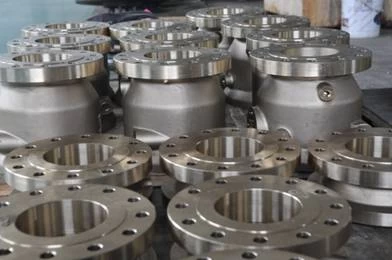
For example: the
nominal pressure of a carbon steel valve is 10MPa, when the working temperature
of the medium is 200℃, its maximum working pressure P20 is 10MPa; when the working
temperature of the medium is 400℃, its maximum working
pressure P40 is 5.4MPa; When the working temperature of the medium is 450℃, its maximum working pressure P20 is 4.5MPa. For power plant high pressure control valve will be considered
medium temperature during design stage.
 +86 512 68781993
+86 512 68781993 